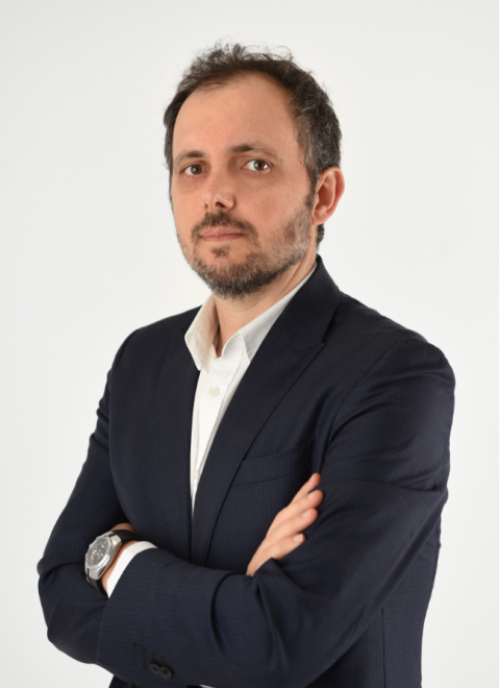Future Analyzer: an unbiased Portfolio analysis
Based on computational tools and available technology, we developed a service to test investment portfolios - Future Analyzer.
Future Analyzer is a purely quantitative service that uses inputs transmitted by investors (the current portfolio, for example) to make an impartial and rigorous analysis. There is no generic or individual recommendation or suggestion about the analyzed instruments, nor a personalized analysis according to the investor's risk profile and preferences. We use available market data, algorithms, computational finance and financial theory to present a quantitative, rational and optimized analysis of the portfolio.
The results obtained are intended to help investors make better investment decisions and the process goes through 3 steps: Backtesting, Optimization and Simulation.
Backtesting
Backtesting is the first step and aims to demonstrate the behavior of the portfolio from a historical point of view starting from a certain point in time. Basically, let's try to understand how the portfolio behaved in that period when compared to the respective benchmarks (benchmarks) or other similar assets.
This tool allows you to build one or more portfolios based on selected asset class allocations in order to analyze and backtest portfolio returns, risk characteristics and declines.
Otimização
The optimization step is based on robust models such as portfolio optimization through mean-variance (Mean-Variance-Optimization or MVO) or risk parity (Risk-parity).
MPT is one of the most used approaches in the process of building a portfolio and part of the work developed by Nobel Prize winner Harry Markowitz in the 50s of the last century, which became known for the Modern Portfolio Theory. It assumes that the investor is rational, risk-averse and prefers to maximize the return on an investment for the same level of risk.
Markowitz explains that the model seeks to reduce portfolio risk, measured through volatility, by diversification, while increasing profitability.
The most important concept in this model is diversification. Through classes of financial assets that have a low correlation or even negative correlation, we are able to reduce portfolio volatility. For this, it is essential to analyze the correlation between the various assets available on the market and those that make up the investor's portfolio, that is, to measure the movements between these assets. Diversification is not just about spreading the amount invested across multiple assets. It means adding an asset to a portfolio that has a low correlation or negative correlation with the others.
This process then encompasses the portfolio, the volatility (variance), the correlation between the assets, the investor's risk level and any constraints, such as:
- limitations on the maximum and minimum weights of each asset class;
- the sum of all assets must give 100%;
- the asset classes must assume only positive weights, that is, restriction on short selling or leverage.
The result is a graph called the efficient frontier, where all possible portfolios are placed, taking into account the risk and the expected return. The important thing is not analyzing the risk of an asset or asset classes, but the overall risk of the portfolio and what impact the volatility of an individual asset will have on the portfolio's risk.
This analysis makes it possible to assess whether the portfolio is obtaining the maximum risk-adjusted return, taking into account the risky asset portfolios available.
Simulação
Finally the simulation. The analysis evolves to Monte-Carlo Simulations in order to have a better idea of risk and future scenarios. These scenarios may involve projections about the reform or another objective defined in a certain time frame. But there is also the risk of longevity, that is, the risk that accumulated savings will not be sufficient for life expectancy.
Monte Carlo Simulation is a random analysis of data based on statistical methods to obtain results and test specific situations. The model is used to estimate the probability of obtaining different results when we include random variables.
As an objective and rational analysis, we must emphasize that these tools further enhance the importance of the financial advisor. Namely in the construction of a personalized portfolio oriented to the psychological and situational profile of the investor, together with asset selection, rebalancing, integration and reporting.
Future Analyzer is an integrated and fully quantitative analysis, which provides processed data with understandable and rigorous results so that the investor's analysis and decision making is informed and careful.

Vítor is a CFA® charterholder, entrepreneur, music lover and with a dream of building a true investment and financial planning ecosystem at the service of families and organizations.
+351 939873441 (Vítor Mário Ribeiro, CFA)
+351 938438594 (Luís Silva)
Future Proof is an Appointed Representative of Banco Invest, S.A.. It is registered at CMVM.

